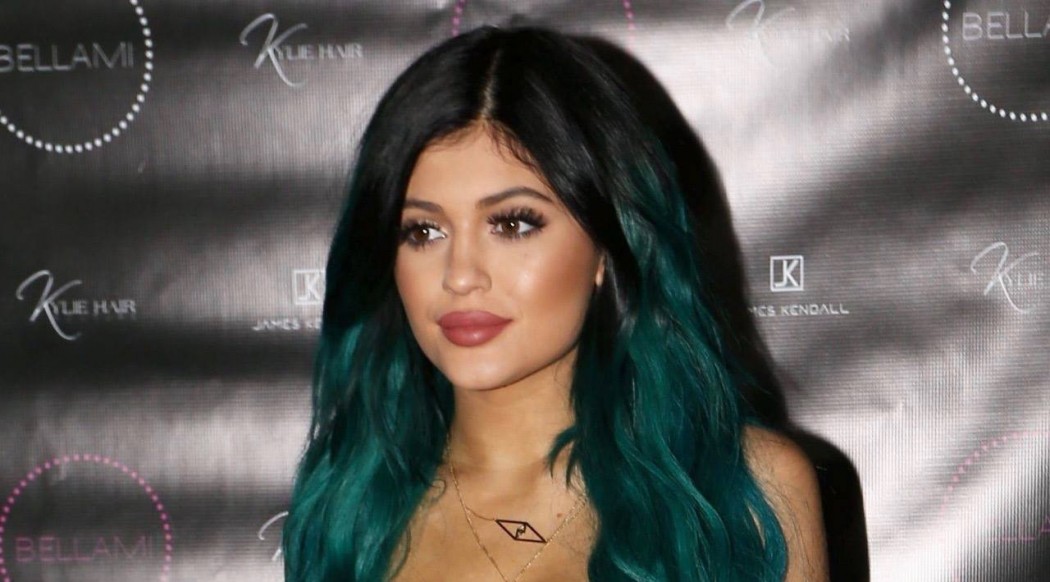They say it takes seven years to be able to pinpoint a decade-defining look. With exceptions like Christian Dior’s 1947 ‘New Look’ – which revolutionized Western fashion the second it was introduced to the public – the style that comes to represent an entire decade often becomes apparent in hindsight. But even though we are still in the midst of the 2010s, the nature of our decade’s fashion has not been uncontroversial: as I was working on my street style article, one of my interviewees suggested that the biggest fashion mistake of all time is the 2010s, whereas another said that the 2010s are her favourite fashion decade. As a result, I began thinking about what the ‘2010s’ really means, and how someone could be able to form such strong opinions about the time period they’re so deeply embedded in without at least seeing it out to completion.
When we 20-somethings go to a decade-themed costume party (i.e. the 60s, 70s, 80s, etc.), we are appropriating a not-so-distant time period. An 80s themed party celebrates a time when many of our parents became young adults, but somehow it has so easily been turned into a caricature defined by shoulder pads, teased hair, and Madonna. But at the time our parents were living in the 80s, the infamously corny visual culture that surrounded them was their version of “normal.” Even the 90s, the decade that most of us were born in, seems to have such a distinct visual culture that is easily appropriated at a costume party.
This speaks to the narcissism of being a 20-something: the inability to see beyond what is ours and what is happening now. For me, it is so difficult to see the 2010s as being part of a series of fleeting decades of definitive style because the trends of today are so normalized. But once the decade has gone by, and we are able to identify the major trends and style icons of the 2010s in hindsight, our children will be wearing what we used to think of as normal to a decade-themed costume party of their own. In a not-so-far-away world, our future children will come of age and resent us for getting rid of some distinctly 2010s item of clothing that has come back in style.
That being said, defining the ‘2010s look’ means examining the medium through which much of Western society consumes visual culture: social media. It only makes sense that the content that teenagers and young adults see through social media platforms, such as Instagram and Facebook, will be integral in helping us understand how this decade will be perceived, both in terms of its immediate effects as well as the concrete trail of photos and evidence that social media archives will provide future generations. In order to understand who and what will remain significant in the formation of visual culture, it is important to consider the most popular content on the most popular avenue of communication.
By this standard, it’s clear that the Kardashians are the foremost fashion icons of our age. Say what you’d like about them, but as marketing machines, they have the undivided attention of the public. In particular, Kylie Jenner stands out from the rest of the family as the most influential contributor to today’s visual culture, in a very similar way that Paris Hilton defined the late 90s and early 2000s. While at times Jenner’s shocking fashion transformations and reputation for being a ‘beauty chameleon’ prove to be infuriating to a public that views her as ‘trashy’ and despises her seemingly undeserved fame, it cannot be denied that Kylie Jenner’s look is the look—and that in many ways, she is at the center of popular 21st century visual culture.
That said, Jenner’s look is difficult to characterize precisely because it almost seems to be anachronistic. Scrolling through Jenner’s Instagram, one might feel as though her style is futuristic, because everything somehow manages to come off as new, but at the same time, many of the styles that she wears are borrowed from other decades. Therefore, for me, the word that best describes the Kylie Jenner look is actually “narcissism.” From the way that she flaunts her curves in spandex cat suits and lingerie, to her penchant for changing her hair colour and cut on a daily basis, to wearing a full face of characteristically heavy makeup in every photo, everything that Jenner posts exudes narcissism. Now, a self-absorbed look is by no means unique to Kylie—in fact, it is characteristic of most, if not all, other young ‘fashion icons’ of our day. But what distinguishes Kylie’s particular brand of narcissism is that it finds a niche—somewhere between the worlds of streetwear and high-end luxury brands—and in this way, she is at the forefront of a new kind of ‘anti-fashion,’ à la Kate Moss’s ‘heroin chic’ of the 90s.
The unbelievable amount of excess that we see on Jenner’s Instagram provides a snapshot of a distinctly 21st century style, and if the number of followers that Jenner boasts on Instagram (85 million +) is not enough of an indication of her profound influence on society, perhaps the incredible selling rate of the products that she advertises on her account should be. Teenagers who idolize Jenner purchase her products, and then they hop on social media in order to create and share similarly self-involved images of themselves.
Kylie Jenner’s position as one of, if not the beauty icon of our generation is indisputable. Jenner is a woman who will undoubtedly stand out as a representative of the definitive aesthetic of the 2010s, and this will reveal itself more and more as time goes on. So, be prepared to see lots of Kylie Jenner costumes at 2010s-themed parties in the not-so-distant future, a caricature that I predict will soon come to represent the broader trends of this decade. But, whether or not this narcissism marks a beauty revolution is certainly up for debate.


